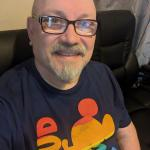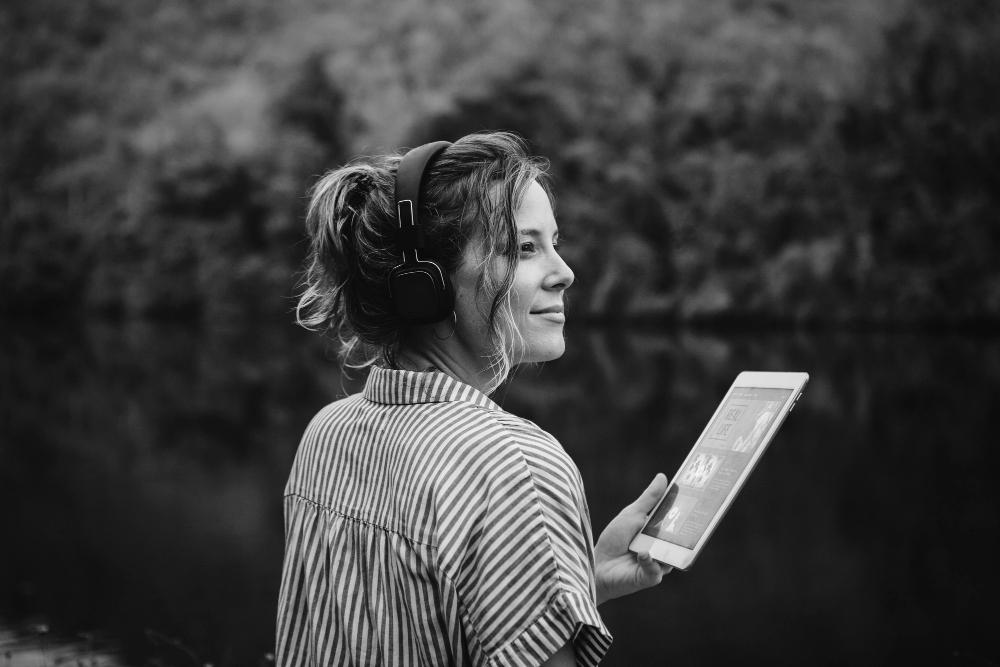Darkness and Shadow – Part 2
(From our new book, Evolving From Religious Trauma. June 4th))
Listen to Audio – AI-Generated
Laura
Leaving organized religion has opened many opportunities to heal that were not encouraged inside the church. Do not get me wrong, when I was hurting inside the church, people offered some ideas to help relieve my suffering, such as praying more, reading my Bible more, fasting, or seeking Christian counseling. I tried all the above. The thing about trauma, however, is that your nervous system holds onto those things that are triggering and traumatizing. Therefore, everything the church offered me as a “fix” to my trauma caused more trauma. For me, the very thing that was causing my trauma was also trying to tell me how to fix it with so many messages of shame, blame, and unworthiness weaved in. If I was not finding healing, it was because I was not doing something “right” or “enough” when it came to the church’s prescribed healing methods.
As Karl explored his dark night of the soul, he found the practice of focusing. He was all too happy to share his findings with me. I was reluctant at first. It seemed kind of “woo woo,” and it scared me, but not for the reasons you might think. It is incredibly uncomfortable to sit in your pain and acknowledge it! The body’s response to trauma is fight, flight, freeze, or fawn.
If you are anything like me, when pain or trauma rears its ugly head, I get busy! If I am busy, I do not have to think about or deal with the pain. However, the nervous system does not forget.
The activities may keep my mind on something else, but my nervous system is waiting until I lay my head on my pillow at night when it decides to reactivate with vengeance! It got so bad that going inside, focusing, and reacquainting myself with my wounded inner child was a final effort.
Things I Learned from Focusing
I learned to be still.
Focusing forced me to sit. To focus correctly, you must be still. The idea is to focus on what is happening inside of you, so during those times of stillness, I could not be doing anything else that would cause my brain to once again stuff down the pain I needed to deal with.
I learned to breathe.
That sounds silly, right? Doesn’t our autonomic nervous system take care of that without us having to do anything? Sure, that is true. However, when focusing, I tune into and regulate my breath—breathing in through the nose, holding it at the top, and breathing out through my mouth. It is very intentional. That is the point. Our breathing becomes erratic when we are in a fight, flight, freeze, or fawn mode. This keeps us in a state of dysregulation. Intentional, focused breathing brings you back to a state of regulation.
It is here that the healing work begins.
I learned to listen.
When we are still and control our breathing, we begin to listen to our body and hear what it has been trying to communicate with us. For the first time, I could hear my inner child, that wounded part of me. I also listened to my inner critic. Focusing, however, helps you shift from ignoring those parts of you to actively listening to what they are saying.
I learned to thank those parts of me.
This was tricky for me. For so long, I had scolded my inner child for being weak and my inner critic for being such a source of pain. Focusing helped me learn to thank both of those parts of myself. I thanked my inner child for telling me how she had felt incredibly rejected all these years. I could “hold” her and promise I would no longer abandon her for my inner critic.
I learned to thank my inner critic for trying to protect me. By doing this, I could also regain the power I had given over to this critical voice—a power I could now use to make decisions in my healing journey. By softening the voice of my inner critic, I began to bring healing to my inner child.
I learned to see the part and not the whole.
What I mean by this is a massive part of my healing was realizing that what was hurting or feeling was only a part of me, not all of me. Let me clarify.
In the depths of my church trauma, the message I would constantly send myself was, “I’m hurt!” “I’m scared!” “I’m invisible!” It is incredibly overwhelming when we think this way because we say the whole person feels hurt, scared, or invisible. Trying to fix that feels impossible.
With focusing, the language shifts to “A part of me feels hurt!” “A part of me feels scared!” or “A part of me feels invisible!” When we see these things as a part, there is less shame. That part of us feels seen and heard. We can speak to where we feel it in our body.
This was huge for me. I no longer felt like all of me was somehow defective. Focusing on one part of me makes the healing process less like an all-or-nothing paradigm. It allows me to shift that tsunami of shame that typically washed over me to a part of me that was holding onto shame in my body.
Nothing inside me can offer comfort when “all of me” surrenders to shame. When a part of me is feeling shame or hurt, there is room for those other parts of me to rush in and sit with and comfort that hurting part of me.
I learned I am worth it.
Focusing is a practice for me. We experienced a religious culture where it was acceptable to put ourselves last and everything and everyone ahead of us. Focusing has taught me that I cannot give others what I am unwilling to give myself. When you fly, they tell you that if there is a loss of cabin pressure and the oxygen masks fall, to put yours on first and THEN help your child. There is a reason they are adamant about that. You cannot help someone else if you are unconscious from a lack of oxygen. Dear reader, YOU are worth putting the oxygen mask on FIRST! It is not selfish. It is self-care!
Laura Forehand
It’s Going to be Okay The Jezebel Scapegoat Shuffle
My Top 10 Suggestions for Theologians
Was Jesus well-known in the 1st Century?
Leaning Forward Conference & Treasure Trove of Trauma Resources – Sponsored by The Desert Sanctuary

Karl Forehand is a former pastor, podcaster, and award-winning author. His books include Out into the Desert, Leaning Forward, Apparent Faith: What Fatherhood Taught Me About the Father’s Heart, The Tea Shop and Being: A Journey Toward Presence and Authenticity. He is the creator of The Desert Sanctuary podcast and community. He is married to his wife Laura of 35 years and has one dog named Winston. His three children are grown and are beginning to multiply! You can read more about the author here.





Leave a comment